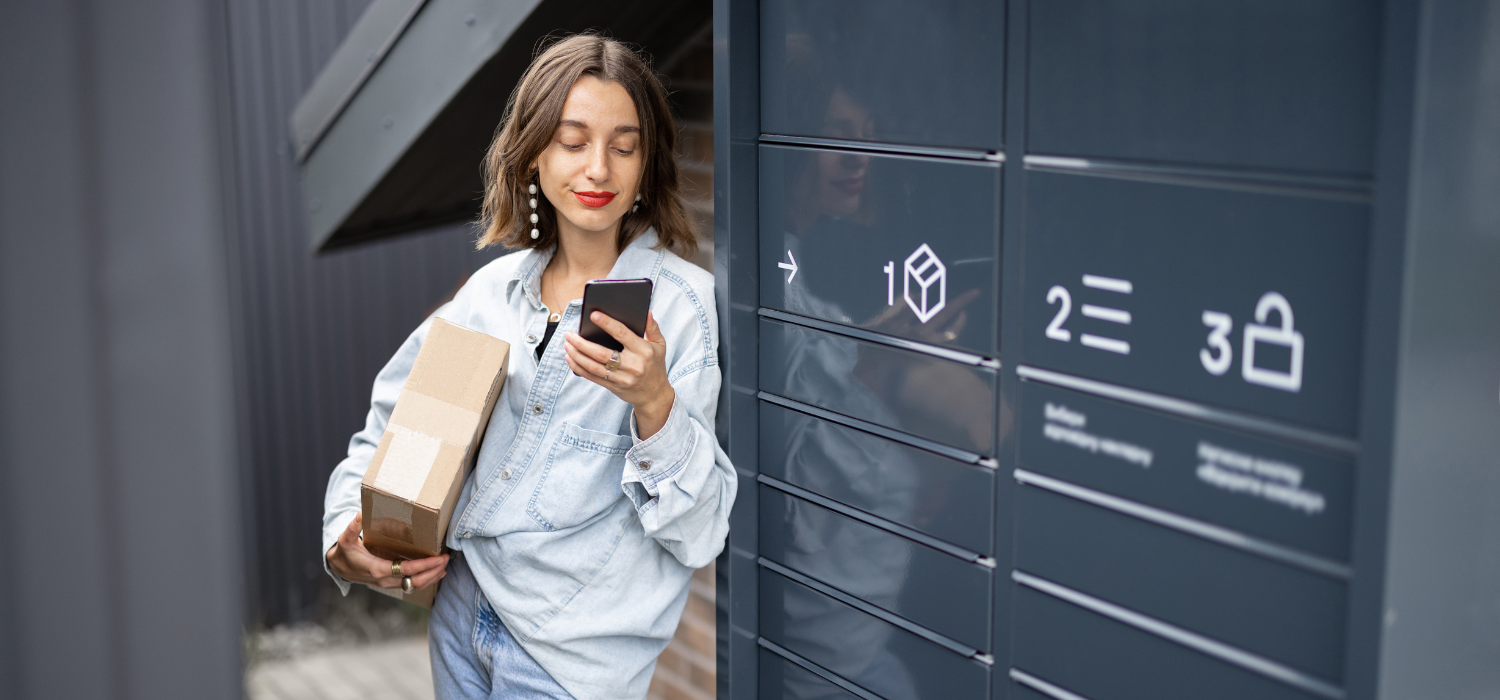The lesson learned over the past two years, we have said repeatedly, is that having an online presence with your own eCommerce sales channel is now no longer a choice, but a duty, especially to your customers.
Why technology integration is key
Offering innovative and practical solutions for shopping safely-and more conveniently-has become a priority for any merchant, and proof of this is the data on the eCommerce boom, which has been facing unstoppable and irreversible growth since well before the outbreak of the pandemic.
Suffice it to say that globally in the first quarter of 2021, online sales grew 58 percent year-on-year compared to 17 percent in the first quarter of 2020, and Italy took fourth place among countries with the highest percentage increase, with 78 percent growth, preceded only by Canada, the Netherlands and the United Kingdom (data source: Salesforce Shopping Index).
Staying abreast is therefore crucial at this time. How? By knowing – and anticipating – future developments in the eCommerce market in order to continue to offer its customers ever-innovative solutions for their online shopping.
Here, then, are the top 5 technology trends you can’t help but take into account if you have an online sales channel.
1. Mobile will dominate online sales
More and more customers are shopping online from their smartphones. In fact, in 2021, revenue generated from purchases via mobile devices is expected to reach $3.57 trillion worldwide, up from $2.91 trillion in 2020. For this reason, it is important to adapt one’s website so that it is also usable from smartphones, so as to make the purchasing phase faster, more convenient and easier even without the use of a personal computer.
2. eWallet technology will be indispensable
In 2021, digital payments are expected to reach $6.6 trillion. That is, four times as much as just four years ago. For this reason, it is essential to enable its customers to be able to use the so-called mobile wallet, which, in addition to increasing sales and conversion rates, offers customers greater security and ease of use by avoiding the need to have credit card information entered for each purchase.
3. Virtual reality will help convert more and reduce returns
In fact, thanks to augmented and virtual reality, it is possible to limit what to date turns out to be one of the biggest problems encountered by e-shoppers: the inability to be able to try a product before buying it. Thanks to technology, it is in fact possible today to give the opportunity to try products virtually so as to more easily convince the customer to conclude the purchase, consequently increasing their conversions and thus reducing the number of returns, with significant impacts on environmental sustainability as well. In fact, a good returns policy is also now an indispensable and unavoidable element for any eCommerce sales channel.
Speaking of sustainability and returns management, the new technology developed by GEL Proximity allows you to integrate on your online sales channel new ways of delivering orders and collecting returns through Lockers and Collection Points, simplifying and speeding up the procedure for you and your customers.
If you would like to integrate our technology to your eCommerce, you can contact us directly by clicking here.
4. CMR integration and data collection will improve the shopping experience
The relationship with your customers and the eventual management of possible issues at the purchase stage is an indispensable element in establishing a trusting relationship with your e-shoppers and, therefore, improving your sales performance. Chatbots, email, social media are all channels that need to be manned and managed to ensure a satisfying and rewarding shopping experience. For this reason, online retailers are implementing integrated eCommerce CMR systems that can also collect valuable and critical information for marketing purposes.
5. Omnicality will be increasingly essential for merchants and customers
More and more people are buying online, but this does not represent the decline of the retail channel. Consumers will increasingly choose their shopping channel based on their needs, commitments, and, most importantly, based on convenience. For this reason, physical and digital retail will need to be connected and integrated, thus also allowing for easier integration and sharing of information captured in a significantly more efficient and effective model.
In future “episodes” we will look at additional technology trends for the eCommerce of the future. Keep following us so you don’t miss any tips or, if you are interested in finding out about all our services and how we can help you improve your e-shop, contact us now.












